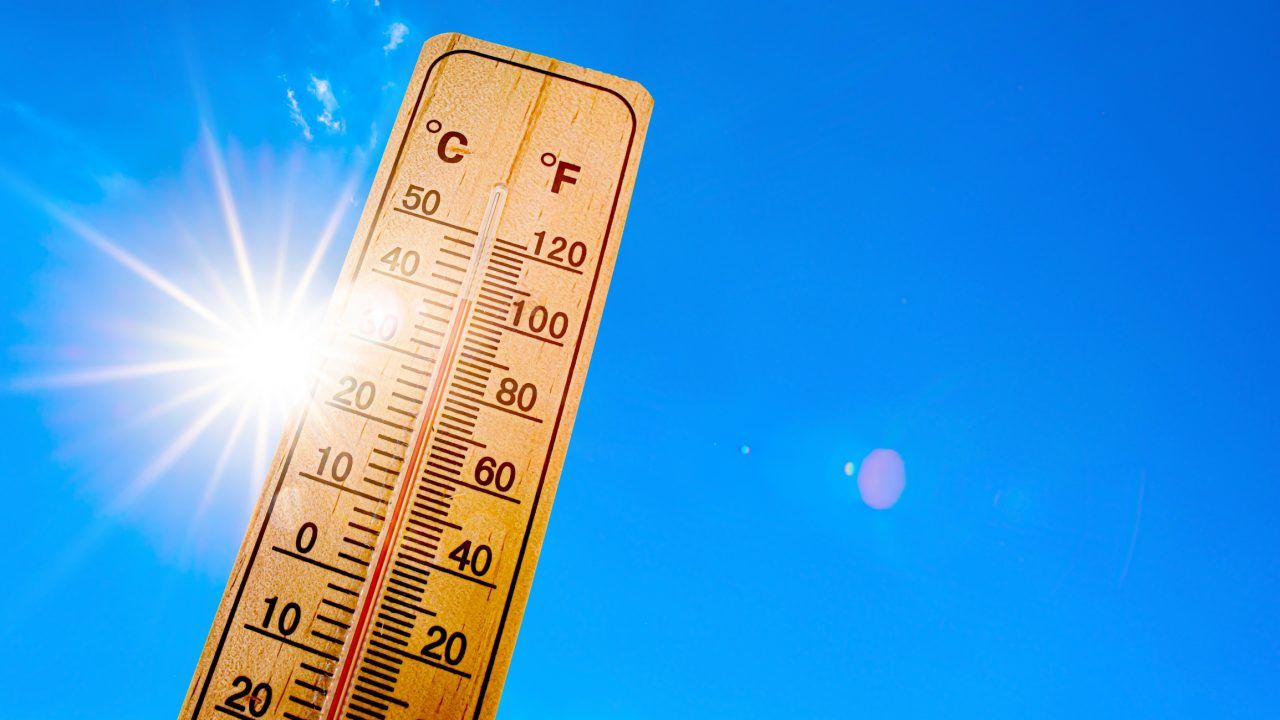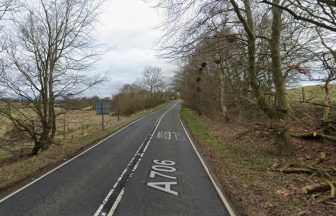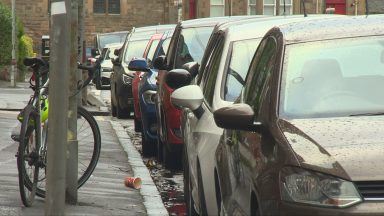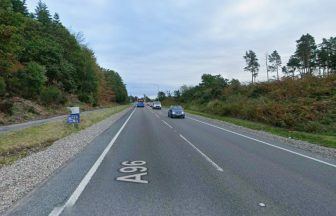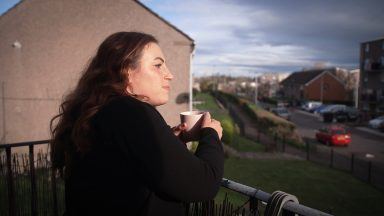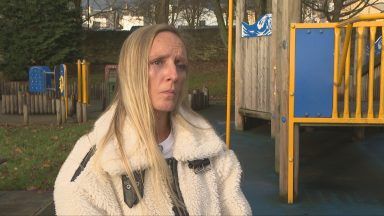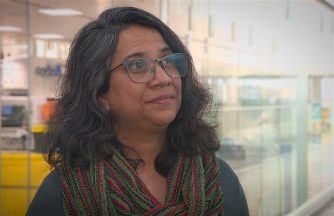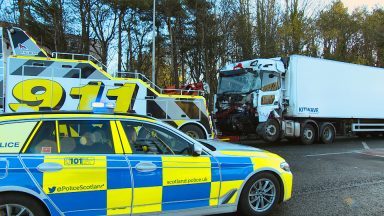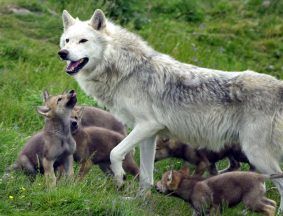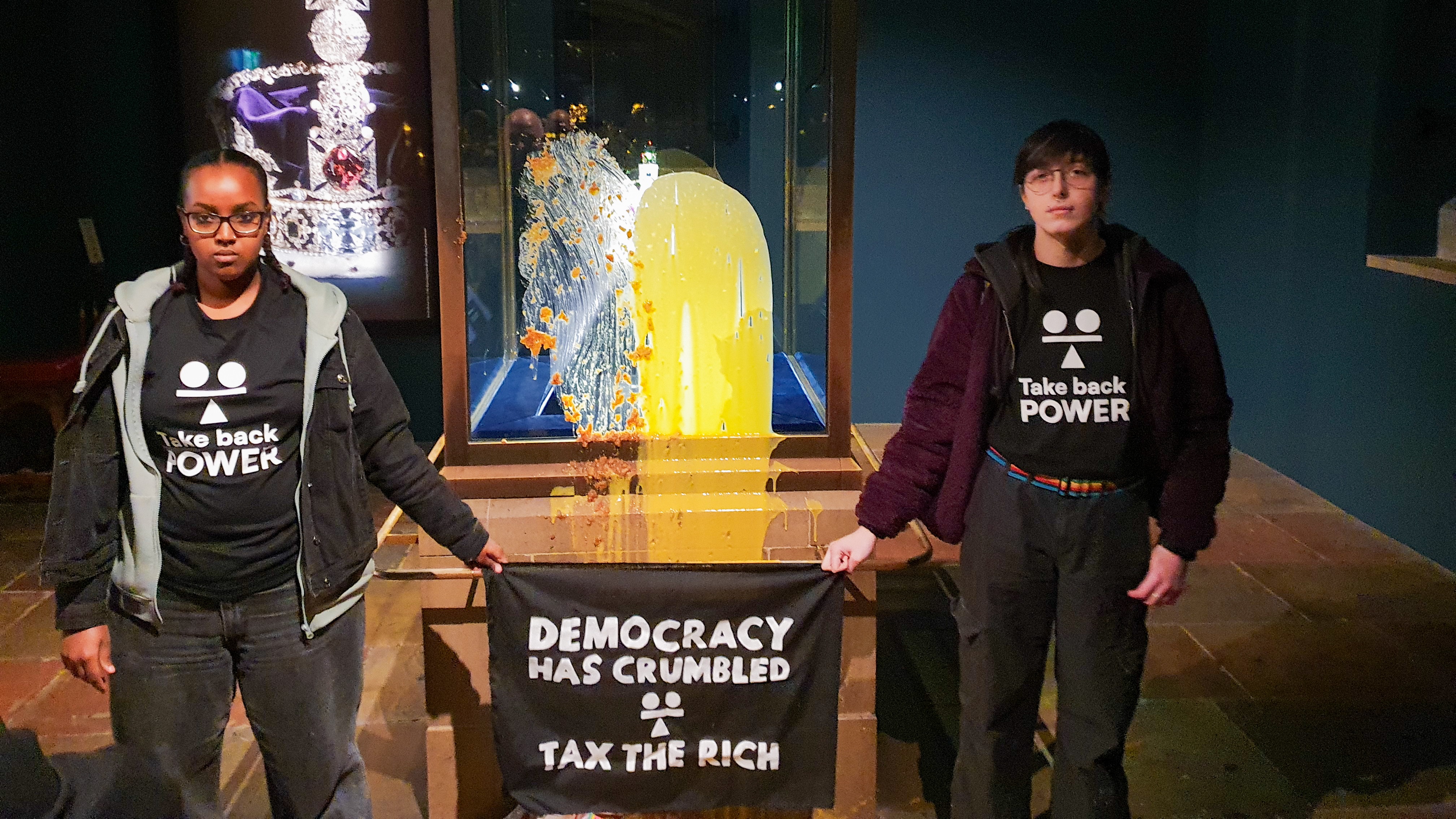Temperatures in Scotland could rise to 25C on what is already the hottest day of the year so far.
The previous warmest day of the year was April 10, when Durris and Aboyne in Aberdeenshire reached 22.8C.
However, the record was surpassed on Wednesday afternoon with Altnaharra, Sutherland, reaching a high of 23.3C.
The highest temperatures include Train Range Ross and Aviemore which reached 23.1C, Leuchars in Fife which reached 22.8C, and Fyvie Castle in Aberdeenshire which reached 22.7C.
STV meteorologist Sean Batty believes temperatures will continue to rise throughout the day with parts of Scotland reaching 25C.
As warmer conditions arrive, the Scottish Fire and Rescue Service issued an “extreme” warning for wildfires in northeast, central, and southern Scotland.
The extreme warning came into place on Wednesday and will expire on Sunday.
The SFRS and the Scottish Wildfire Forum are urging the public to avoid lighting fires outdoors during the warning period.
Sean explained: “A surge of warm air from north west Africa has pushed the mercury to pretty exceptional values in the UK for the time of year with a reading close to 30C possible by the end of the afternoon around London.”
However, the warm conditions are to be short-lived, with temperatures dropping to 15-18C in the north and east.
By Sunday, highs are said to be around 7C in the Northern Isles and 9C on the Moray and Aberdeenshire coasts.
Sean added: “The holiday weekend still looks decent with a lot of dry weather, but not as warm as it’s been the last few days.
“Later next week there is a possibility of colder northerlies developing with a return to overnight frosts.”
SFRS wildfire lead Michael Humphreys said: “We are asking the public to exercise extreme caution and avoid using anything involving a naked flame.
“At this time of year in early spring, we typically have a large volume of dead, bone-dry vegetation across large areas of countryside.
“This essentially acts as a fuel for fire.
“There are currently vast areas that are tinder dry and vulnerable, which provides all the ingredients for fire to take hold and spread.
“Many rural and remote communities are hugely impacted by wildfires, which can cause significant damage.
“Livestock, farmland, wildlife, protected woodland and sites of special scientific interest can all be devastated by these fires as can the lives of people living and working in rural communities.
“Human behaviour can significantly lower the chance of a wildfire starting, so it is imperative we all act responsibly while enjoying the outdoors especially over the coming days of predicted sunshine.
“By following some simple but key advice, we can significantly reduce the risk of wildfire occurring.”
Follow STV News on WhatsApp
Scan the QR code on your mobile device for all the latest news from around the country


